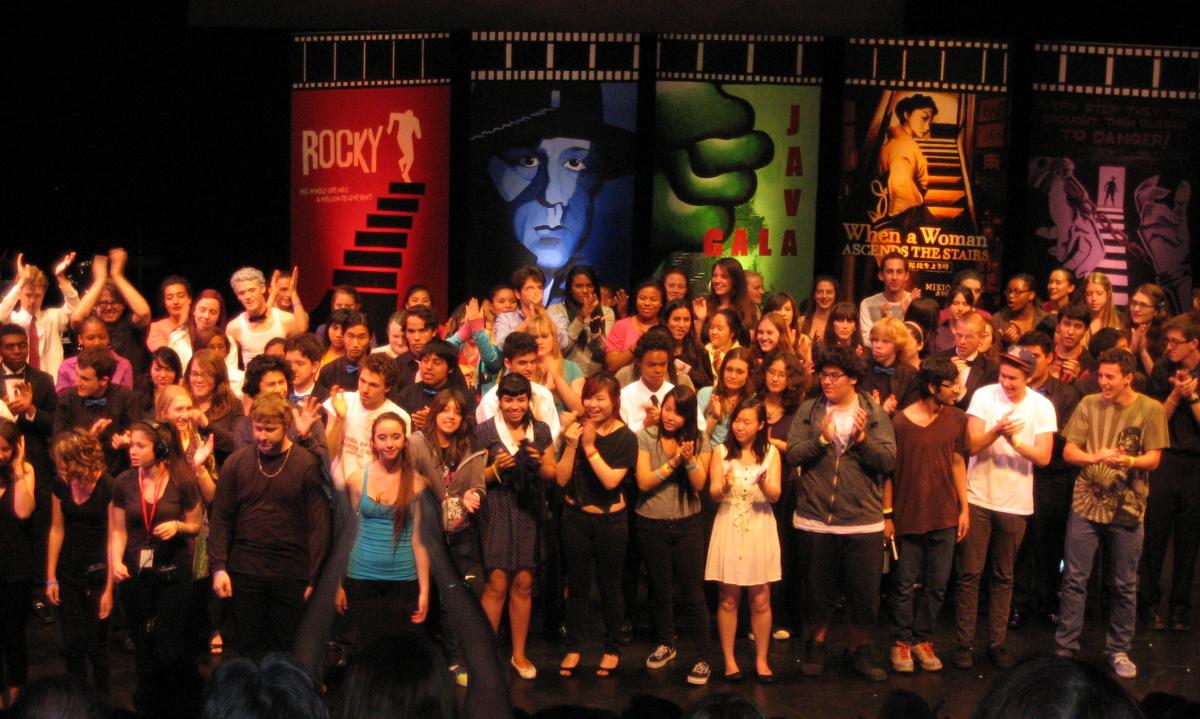Historical Context

The following timeline lists important policy developments in California arts education during recent decades:
2018
VAPA Standards Advisory group meets to revise standards and consider the National Core Arts Standards – currently out for review.
SSAE Grants supporting Arts for Every Student Act- Competitive grants offered as a result of Senate Bill 933, authored by Senator Ben Allen, is the first legislative step in the process of providing school districts with a “jump start” in arts education funding, enabling schools to fulfill the language of California Education Code, which requires that every student shall receive arts education as part of a complete high quality education.
2016
SB916, the Theatre & Dance Act of 2016, also known as TADA!, after forty-six years, the wait for the credentialing of theatre and dance educators is over in California. On September 27, Governor Jerry Brown signed the Theatre and Dance Act (TADA!), Senate Bill 916, authorizing single-subject area certification for the two disciplines as part of the state’s visual and performing arts programs. California was one of only two states that did not offer single-subject certification for theatre and dance teachers; the other is West Virginia.
2013
CTE Pathways curriculum adopted. Funding is allocated specifically for CTE in 2015.
The legislature passed SB 571. Governor Jerry Brown signed it into law in September 2013. The bill returned the California Arts Council to the voluntary contribution portion of California tax return forms through the "Keep Arts in Schools Fund," which first appears on California tax returns in 2014.
2013–14
Local Control Funding Formula instated. The Arts and Music Block Grant was subsumed into the local control funding formula.
2012–13
Arts and Music Block Grant Funding still in effect.
2010
SB1076 (Price) Authorizes taxpayers to designate on their tax returns that a specified amount in excess of their tax liability be transferred to the California Arts Council Fund to support their efforts.
2009
Education Budget: School districts were granted flexibility in spending for many categorical funded programs, including the Arts and Music Block Grant Funds, resulting in many districts reallocating those funds for purposes other than the visual and performing arts.
2008
Recession hits schools hard, forcing arts funding cuts.
2007
Arts Education Strategic Task Force Visual and Performing Arts Added to School Accountability Report Card. Arts Block Grants (ongoing) Sustained with Additional Accountability.
2006
Arts and Music Block Grants (ongoing and one-time) $105 million in ongoing funding for visual and performing arts and $500 million in one-time funding for physical education and visual and performing arts.
2004
CDE Arts Work grants: $6 million eliminated in Gov. Schwarzenegger’s budget and later restored by Legislature.
Increased fees for arts license plate Increases the amount of the fees imposed for issuance and renewal of specified special interest license plates approved by the DMV in consultation with the California Arts Council. Requires the council to use the revenue exclusively for arts education and local arts programming. Prohibits the council from using the revenue for its administrative costs.
2003
California Arts Council budget cut by over 90%. Grant making activities suspended, including arts in education grant programs.
2001
Teacher requirements change. The California Commission on Teacher Credentialing alters its requirements for accreditation to include some training in the teaching of visual and performing arts. Requirements take effect in 2004.
The state Board of Education adopts VAPA content standards.
2000
Arts budget increases. Gov. Gray Davis increases the California Arts Council's annual budget to earmark $10 million for education programs.
Theatre and Dance Credential vetoed. The State legislature passes SB 1390 calling for creation of content standards in the arts.
1999
University requirements added. Both UC and CSU systems change admission requirements to include one year of visual or performing arts, beginning in 2003.
1998
Arts Work Grant program is established to provide $ 3million in grants to counties and districts for the development and implementation of arts education programs. The following year, funding increase to $6 million.
1995
Education Code Number 5121(Amended by Chapter 530, 1995) Course of Study: Grades 1 to 6.
(e) Visual and performing arts, including instruction in the subjects of dance, music, theatre, and visual arts, aimed at the development of aesthetic appreciation and the skills of creative expression.
Education Code Number 51220 (Amended by Chapter 530, 1995) Areas of Study: Grades 7 to 12.
(g) Visual and performing arts, including dance, music, theater, and visual arts, with emphasis upon development of aesthetic appreciation and the skills of creative expression.1997-98: New grants. In 1997, state Superintendent of Schools Delaine Eastin forms a task force to find ways to bring art and music back into the classroom, mobilizing public officials and private arts groups. In 1998, the Department of Education begins a grant program that now provides $6 million a year for arts education. [Prop 98]
1992
Arts partnership - The Local Arts Education Partnership Program puts into practice the recommendations of the speaker's task force.
Arts license plate - The arts partnership program gets funding through the sale of a special license plate by the Department of Motor Vehicles. Designed by painter Wayne Thiebaud, the palm tree plate has provided $2.35 million for arts education since 1996.
1989-90
Arts education report. Assembly Speaker Willie Brown's Arts Education Task Force issues a report stressing the importance of arts education, urging the California Arts Council and the Department of Education to bring artists into the schools to help train teachers as well as work with students.
1983
High school reform. Among other things, a new law requires high school students to take either one year of foreign language or visual or performing arts.
1978
Proposition 13. The landmark property-tax cap results in school funding being cut, and shifted from local communities to the state. Districts are forced to cut staff and programs, hitting the arts hard.
1976
California Arts Council is formed under Governor Jerry Brown.
1970
Ryan Act. State law eliminates training in the arts requirements for elementary/ multiple subject school teachers.











